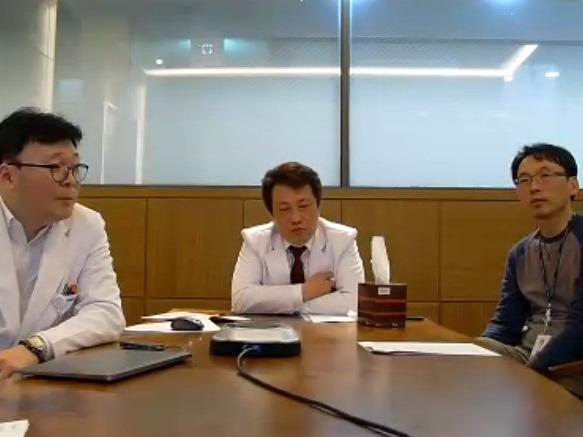Tag: South Korea
-

How South Korea is suppressing COVID-19
Date: March 25, 2020 | Author: Denis McClean | Source: United Nations Office for Disaster Risk Reduction GENEVA, 25 March, 2020 – Trace, test and treat. That sums up the strategy pursued by the Republic of Korea since it detected its first case of COVID-19 on January 20 and its first death on February 20, without…